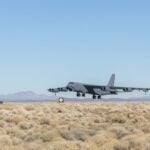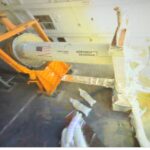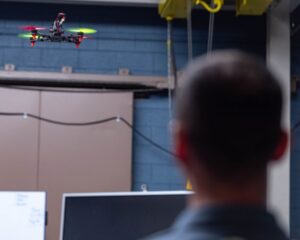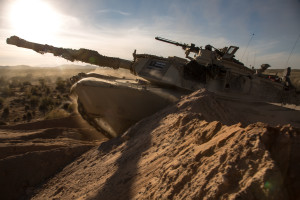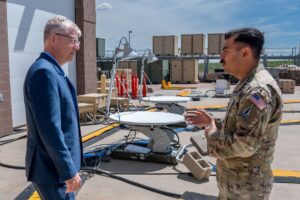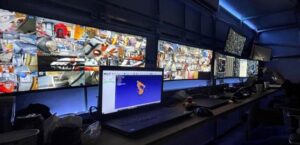
A U.S. Air Force official said that he welcomes the promise of reduced munition costs and increased performance that could result from greater competition in the solid rocket motor (SRM) industry, as industry SRM heavyweights Northrop Grumman [NOC] and L3Harris Technologies [LHX] try to qualify as second source SRM suppliers of some of their counterpart's munitions and as new firms enter the SRM market. New SRM entrants include New Mexico-based startup X-Bow Systems, Texas-based startup Firehawk Aerospace, Colorado's Ursa Major…




